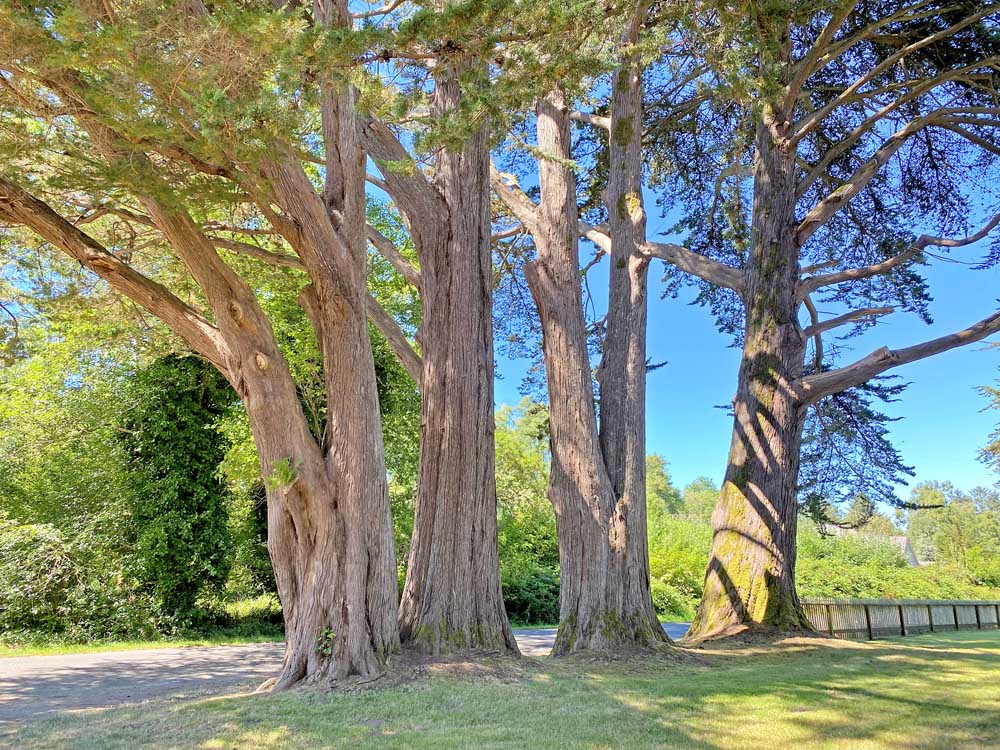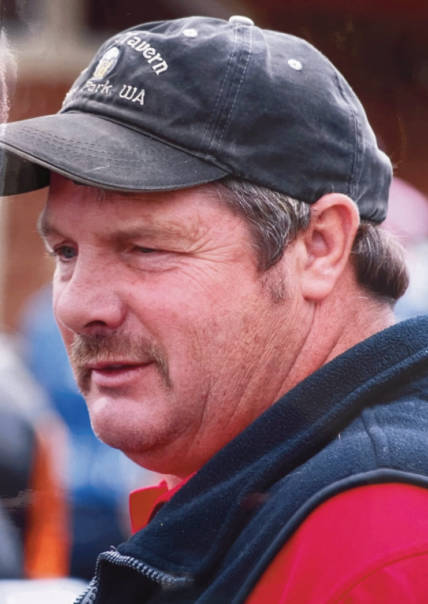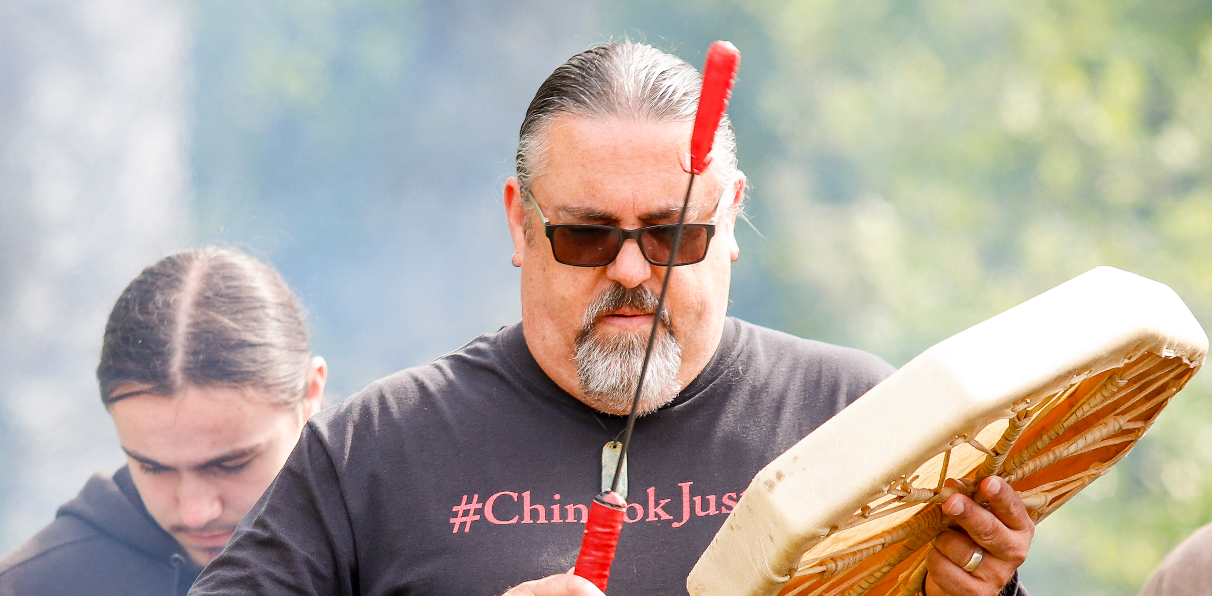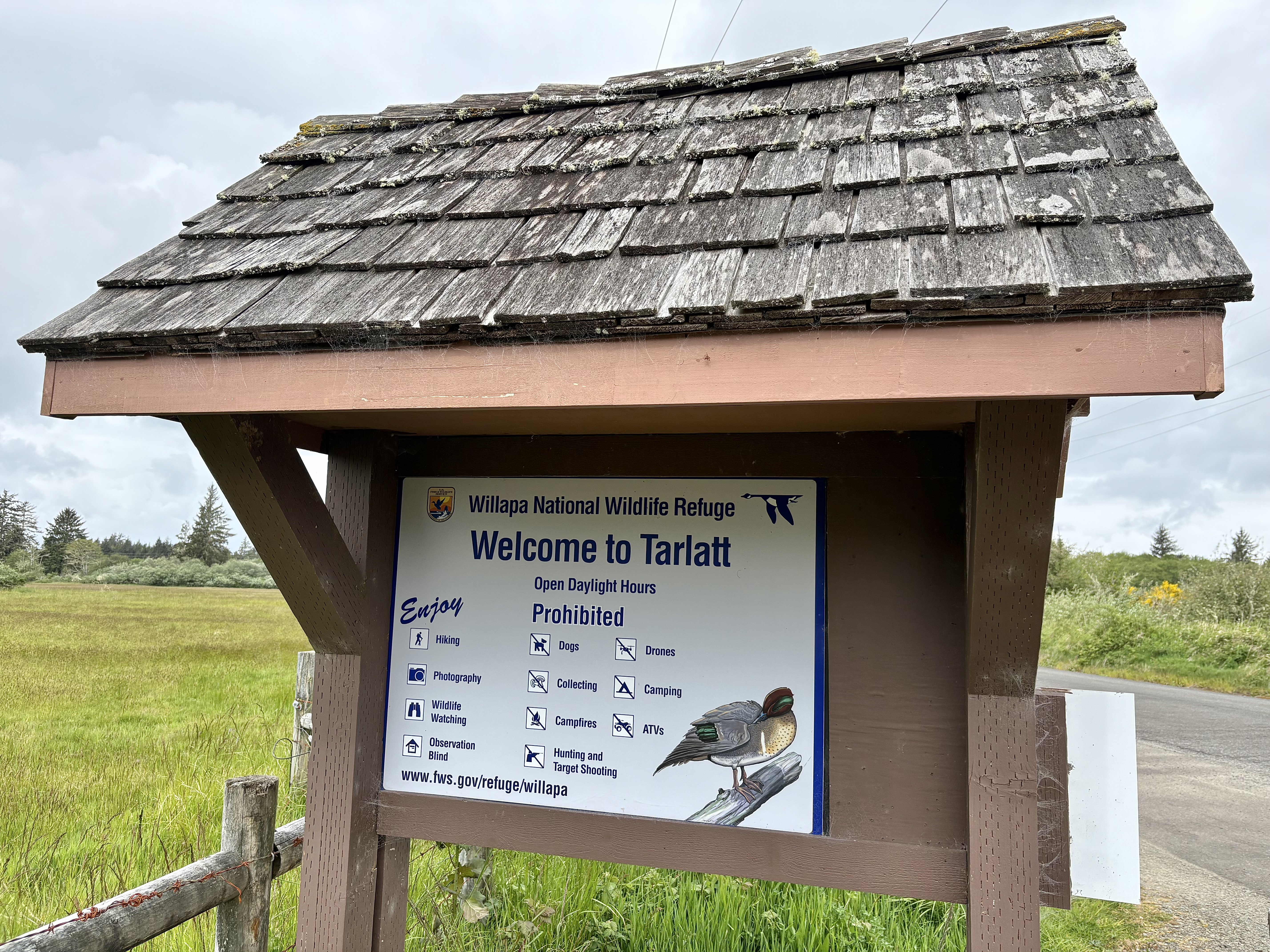Coast Chronicles: End of summer dribs and drabs
Published 12:20 pm Monday, August 22, 2022

- Our stately Oysterville Monterey pines probably have roots sufficiently deep to be sustained through our hotter drier summer months; but younger, less robust trees may need extra watering until the rains start.
Now I’ve got schemes
Trending
And you’ve got schemes
Let’s get together and dream some dreams
Let’s go
Trending
Time’s a wastin’
— Boudleaux Bryant
It’s hard to believe but another Peninsula summer is coming to a close. Yep, time’s a wastin’. I guess scientists have actually proven that our perception of time speeds up as we age, though no one knows exactly why. (For a fascinating analysis of this time sense see Psychology Today, “Why Time Goes Faster As We Age,” tinyurl.com/829xk9nk.)
Remember those long childhood summers, stretching out — it seemed — forever? Released from school, we had time to stay up late, sleep in, ride bikes ‘til we dropped, roller skate (with those crazy things attached to our shoes), eat watermelon in the backyard, or — my family’s favorite summer meal — cantaloupe with a big scoop of vanilla ice cream on a day too hot for a real dinner, play kick-the-can in the neighbors’ huge backyard after dark. Oh wait, wrong century.
Kids now appear to have phones attached to their hands, even during the summer. Adults too. Look around at any restaurant. Often people who are presumably dining together aren’t even talking. They’re both looking at screens. And, what? — you can’t even take a walk without your phone? I admit I’m as guilty as anyone. Sometimes walking with Jackson along the Oysterville shoreline, I listen to the news with my phone tucked into the breast pocket of a shirt. This idiocy is pretty much guaranteed to ruin a beautiful day, what with the — hourly? — criminal antics of a certain past-prez still dominating the airways.
But dare we venture into politics and waste yet another gorgeous moment? Maybe not.
Good reads: ‘All That Moves Us’
Though I’m not one to set-up on the beach with an umbrella, a cool drink, and a book, I have enjoyed several brilliant reads this summer. I have a special interest in the workings of the human body — this packaging miracle we all inhabit — and, therefore, have loved the writing of doctors who can illuminate our bodies to us: Oliver Sacks, Sherwin Nuland, and Antonio Damasio are all favorites of mine. They’ve written about brains and bodies and consciousness in ways that put a spotlight on humanness — all the antics and actions that we take for granted every day.
Every breath, every thought, every simple movement — just the raising of a finger — takes the coordinated and sophisticated interaction of so many body systems. When everything is running smoothly, we’re oblivious to it all. But any body blip — from that bum knee, to a more serious problem — reminds us that good health is top of the list for what makes a happy life.
Anyway, this summer I added two new doctor-authors to my list of faves. The first book I recommend is Jay Wellons’ memoir, “All That Moves Us.” Wellons, a pediatric neurosurgeon, relates breath-taking life and death narratives that put a spotlight on the properties of brain/body connections. (See an great article by Dr. Wellons: tinyurl.com/3k4wu35z).
Wellons admits that as a doctor he trained primarily for the clinical mechanics of the brain/body functions; so, to write this book, he’s had to dig deep into the empathetic, emotional, even spiritual realms to be able to convey what he does and why. These are stories of real people, children and their parents, who’ve had to deal with life-changing events — gunshot wounds, vehicle accidents, tumors, malformed blood-vessels, congenital abnormalities. And he’s been one of the pioneers working on remarkable pre-natal surgeries: for instance, closing up the spines of spina bifida fetuses while still in the womb, in which suturing up is “akin to sewing wet tissue paper.”
He studied English before his turn to medicine and his skill with words is apparent. He writes that on first opening a skull, “You peer forward into the eyepieces, and your gaze is directed straight down onto the surface of the brain, to a scene the likes of which only few have encountered … the brain’s surface is bursting with color and light, with dimension and depth. It takes a moment for your eyes to adjust to the sudden brightness.” He’s an astounding and articulate surgeon who will make you appreciate the wonders of the human brain.
‘Cutting for Stone’
Another winner for me is “Cutting for Stone” by Abraham Verghese, a novel based in Addis Ababa, Ethiopia during turbulent times. The title comes from the Hippocratic oath which admonishes doctors to pledge “not to use the knife, even on those suffering from [kidney] stones” — implying there are other less invasive methods for dealing with that ailment.
Verghese, a physician born in Ethiopia of Indian parents, has created a sprawling novel that encompasses several continents, fascinating characters, love stories, and descriptions that put me squarely in the scene captured on the page — whether a chaotic and bloody operating room or sensually-dense city streets. Sights, sounds, smells, tastes — his perceptions are keen, subtle, and matched by his stunning writing.
In the Guardian, Aida Edemariam states, “Some of the best passages in the book are those in which Verghese reads the language of the body — its colours and betraying odours, its telltale pulses — and the emotions that obscure and interrupt that language.” It’s true; as well as Wellon describes the actual details of various surgeries and their real repercussions, Verghese uses his descriptive powers and his intimate knowledge of the body to spin the story, one that gripped me from beginning to end. This is the kind of book you don’t want to end. Both of these immensely skilled writers combine the rich mysteries of human bodies with exceptional tale-telling.
Mighties and minnies
One last note as we turn the corner to fall — a nod to our mighty trees and our minnie mosquitoes. It’s been an extremely hot and dry summer, so how have our mighties and minnies fared? Kathleen Sayce writes, “mosquito species that like freshwater drop down in numbers as wetland ponds dry up. If fall weather is wet and warm, refilling coastal wetlands, we could see a surge of fresh insects in early fall. If it stays dry and cools off, overwintering insects will go dormant and not keep breeding, so no late summer to fall surge in numbers.” OK, copy that.
How ‘bout the trees? I think we have to admit that global climate change is affecting even us Northcoasters — I don’t remember ever having to water the garden this early in the year. The top leaves of my cherry tree started turning brown a couple weeks ago. And I’m told this is not a sign of fall but rather the tree’s need for extra water.
In a reprinted Seattle Times article (Aug. 23, 2012) Ciscoe Morris describes a handy tree watering technique. “If your tree is already starting to turn fall colors, or worse yet, starting to show signs of dieback, it’s telling you that it needs water right away. Wrap a soaker hose in concentric circles starting around the trunk, working out to the drip line. Run the water for three or four hours. The following day dig a hole to see how far the water has soaked in. It should soak down at least eight inches, so if it’s only moist four inches deep double the time you run the hose. Do this once every couple weeks until the rains start in September.”
So I’ll be wrangling soaker hoses this coming week as I try to keep my fruit trees and a volunteer cedar happy, cuz time’s a wastin’! That’s all for now, folks — until next week when I’ll be talking about the creative and delish food provided by relative Peninsula newcomers Jared and Stephanie Vincench. Stay tuned.









